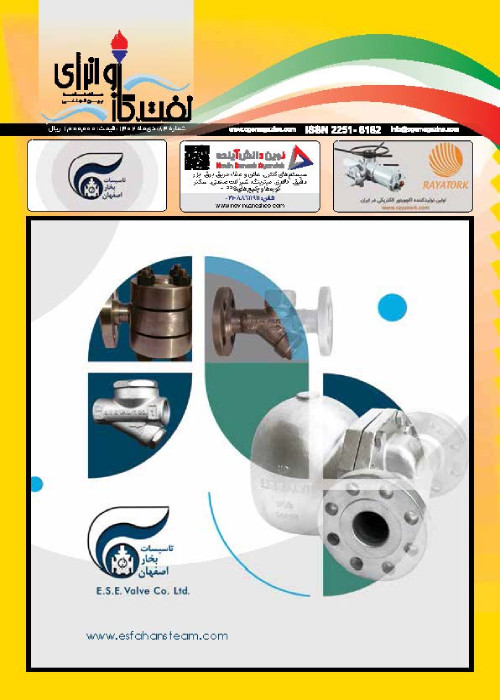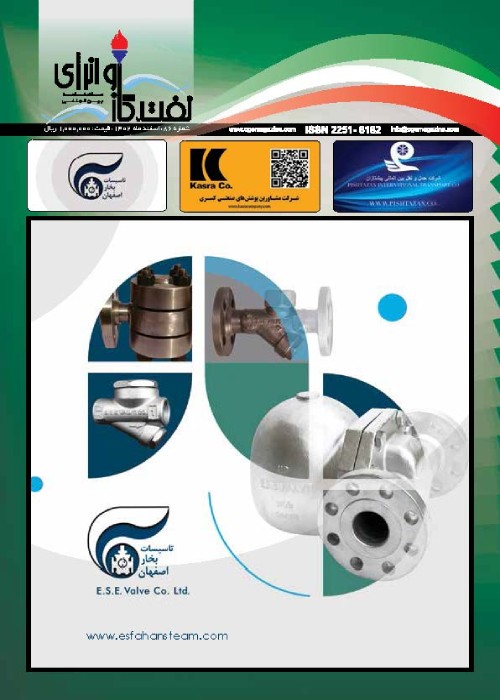فهرست مطالب

ماهنامه نفت، گاز و انرژی
شماره 84 (دی 1402)
- تاریخ انتشار: 1402/10/26
- تعداد عناوین: 7
- خبر
-
Pages 23-33
After the natural production from the reservoirs, there is s till a large amount of oil in the reservoir that can no longer be produced naturally. Therefore, during that time, enhanced oil recovery (EOR) methods were used to increase reservoir oil production. In this article, four different scenarios of production from an oil reservoir are examined and simulated, which include natural production with the natural pressure of the reservoir itself, injection of nitrogen gas into the reservoir, injection of gas with a combination of 50% C1 and 50% C2, and finally CO2 gas injection. The simulation was done by ECLIPSE300 software and injection was done for 30 years. In the gas injection scenarios, injection is done from the beginning of production. Since the injection of carbon dioxide is immiscible, the amount of recovery coefficient has increased more than the other scenarios. The results indicate that with the injection of carbon dioxide, hydrocarbon gas, and nitrogen, compared to the natural production scenario, the amount of production increases by 26%, 22.54 and 17.1% respectively
Keywords: Enhance oil recovery, immiscible injection, CO2, hydrocarbon gas injection, Eclipse 300 -
Pages 1-11
The effectiveness of a drilling fluid is essential for the success of drilling operations. Traditional additives used to enhance the properties of drilling fluids can be unreliable and may not be suitable for high-pressure, high-temperature (HP-HT) or unconventional environments. This s tudy examines the impact of nanoparticles (NPs) on various parameters of drilling fluids, including rheological behavior, filtration volume, lubricity, thickness of mud cakes, wellbore s tability, thermal effects, and the s tability of emulsion muds. The concentration, type, size, and shape of NPs, as well as the pH, temperature, and other additives used in the formulation of muds, can all affect the efficiency of NPs. Through this research, we have analyzed the effects of these factors on the characteris tics of water-based muds. The findings sugges t that NPs are more effective in improving drilling fluid characteris tics and addressing drilling operation challenges compared to traditional additives.
Keywords: Drilling fluid, unconventional condition, Nanoparticles


